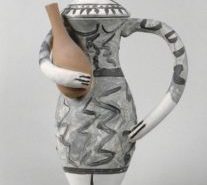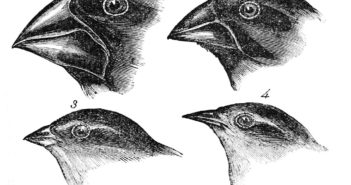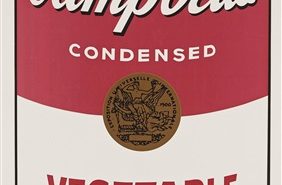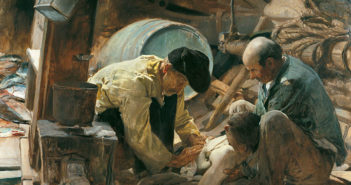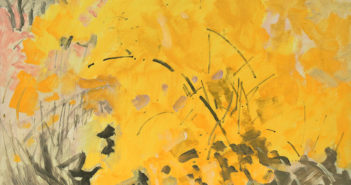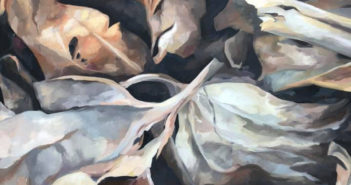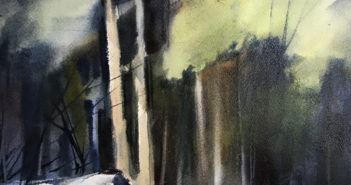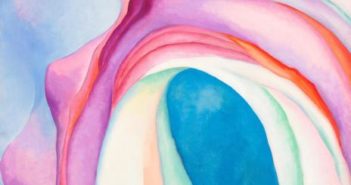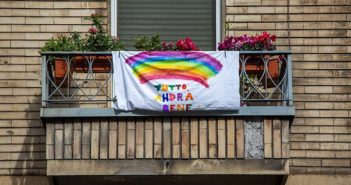
Creative quarantine
This morning I received a message from a collector friend: “Some people are lucky, like artists (with materials), readers, knitters, gardeners. It’s worrying about the galleries and everyone else. But I’m excited to see the creative output from this period. It would turn some of the devastation from this time into wondrous innovation. We’ll see.” Sequestered in my creation station, I’d just opened my eyes and was thinking of everyone on the planet doing some version of the same. I was quietly redesigning the world.

